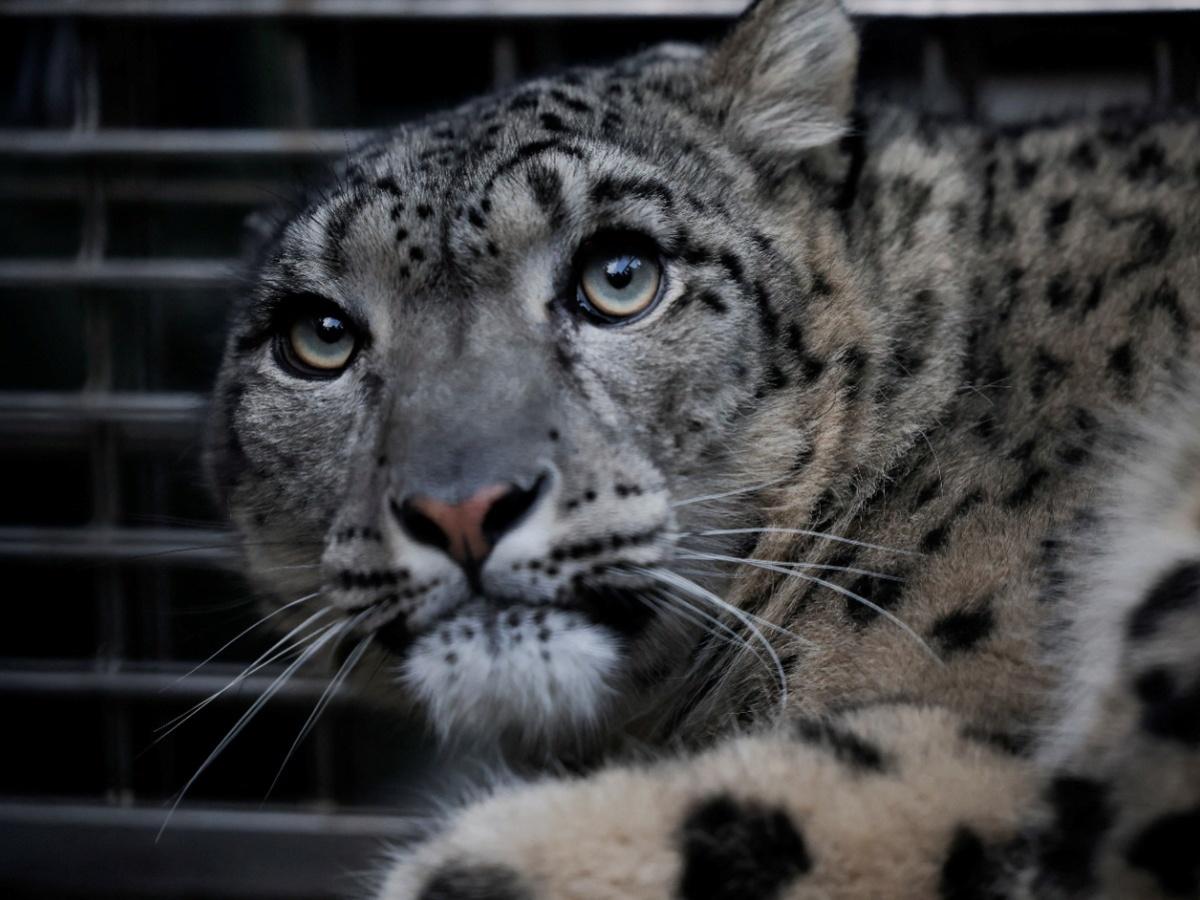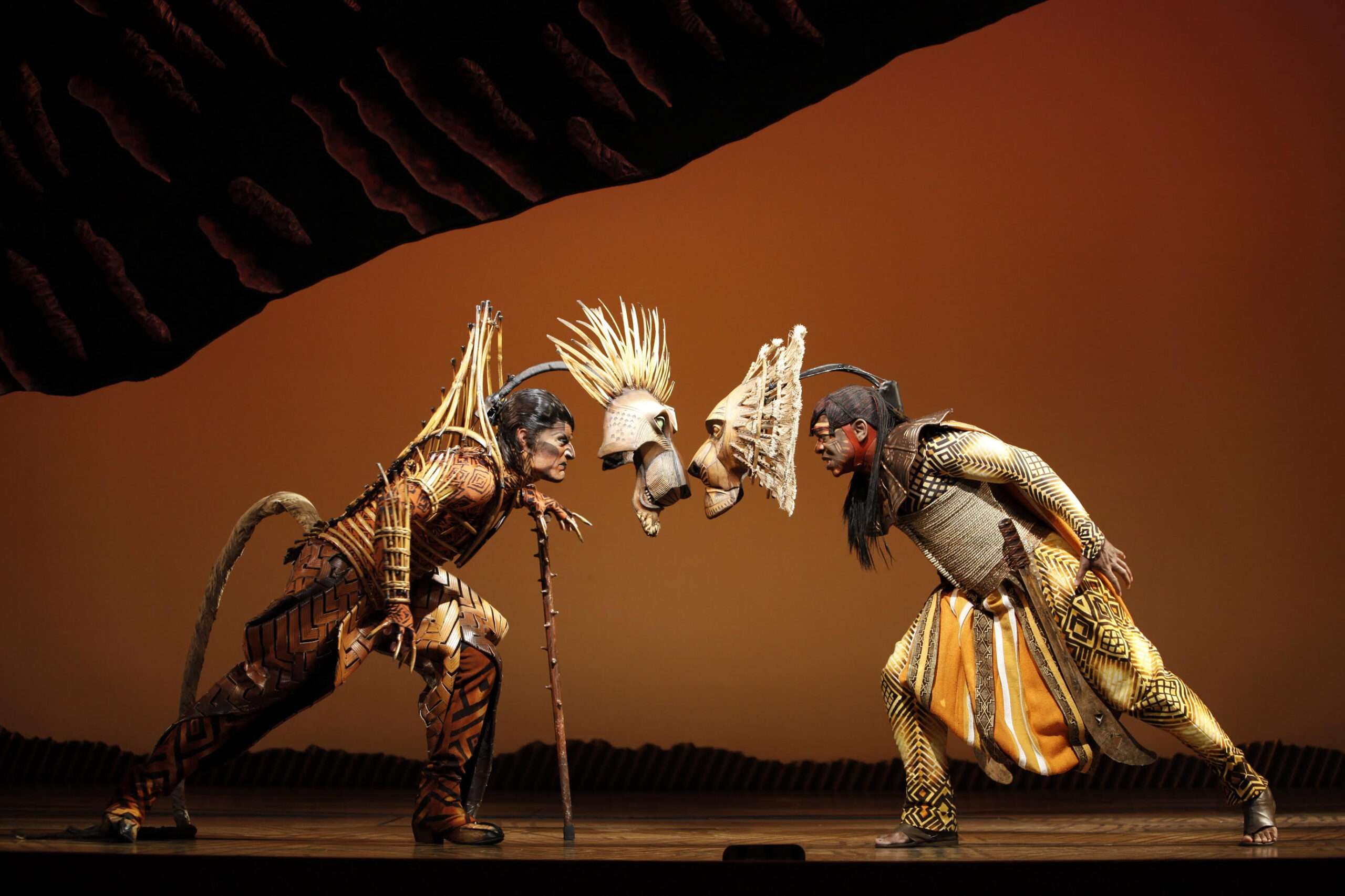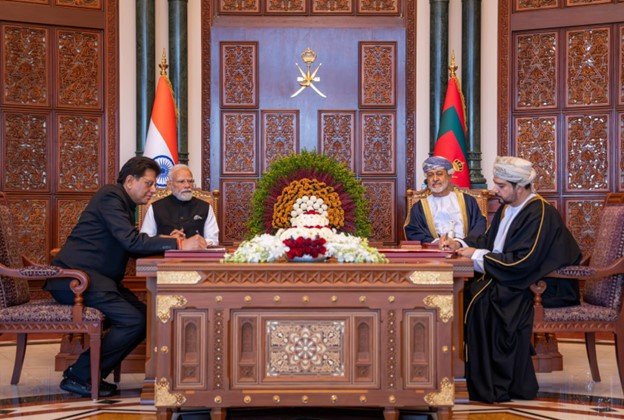Now, conservationist and wildlife historian Raza Kazmi, in a paper published in the ‘Journal of Bombay Natural History Society’, has put together several references that give vivid accounts of the British hunting expeditions told in thrilling detail — all of them eventually decimating the Asiatic lion population in the area.
There was a time when lions ranged across the jungles of Haryana in sizeable numbers. This may sound hard to believe but it’s true, a report in The Tribune, Chandigarh, says.
Now, conservationist and wildlife historian Raza Kazmi, in a paper published in the ‘Journal of Bombay Natural History Society’, has put together several references that give vivid accounts of the British hunting expeditions told in thrilling detail — all of them eventually decimating the Asiatic lion population in the area.
In his book “The Last Hurrah of the ‘Hurrianah’ Lion”, Kazmi goes back to what could perhaps be one of the earliest accounts of British hunting/lion sighting in Haryana, referred to as Hurrianah in the British records. Kazmi’s book is part of his last two years spent in researching the topic during lockdown
As a consultant with Ashoka University in Haryana, he was surprised to know that the now vulnerable to extinction Asiatic lions once roamed the very lands around him..
After the British seized Haryana, in 1809, they made their first acquaintance with the lions in India. Kazmi quotes Aleck Fraser, younger brother of Delhi Commissioner William Fraser, on the two cubs captured and kept by them in Delhi.
“These animals have only been known to us since our conquest of Haryana in 1809…” In his letter home, Fraser said they were “large as a common spaniel”, and yet “quite tame”.
After a year the presence of lions in Haryana was widely publicised, says Kazmi, who quotes a military despatch titled ‘Lions Extant in India’.
It gives a detailed account of five horsemen from the Hansi cantonment [one of the first military stations established by the British in the newly occupied territory] rousing a lion and lioness from their grass cover while the pair was consuming a kill (pig). To quote the paper: “The grass was set on fire to drive the lions out, and while the lioness fled, the large male lion marched towards the soldiers, with his mane and tail erect” and was subsequently killed, but only after severely wounding one individual. The same note also mentioned another lioness being killed similarly by a “party of horsemen” a few days prior to this incident near Hissan (now Hisar.
“These animals have only been known to us since our conquest of Haryana in 1809…” In his letter home, Fraser said they were “large as a common spaniel”, and yet “quite tame”.
According to Kazmi, as a result of the initial British encounter with the British military officers and soldiers unleashed a decade of wholesale massacre of these big cats across the region.
Kazmi lists 26 new references dealing with lions in Haryana between 1809 and 1823, accounting for 129 lions sighted, out of which 109 were conclusively killed by hunters.
“It is worth noting that out of the 109 lions killed in the region between 1810 and 1823, as many as 80 (could be as high as 82) lions were killed in a mere five-year period (1810–1815).
One of the most critical findings of this research was that often during such shoots, entire prides were wiped out by hunters, including cubs that were killed or captured,” he writes.
The last hunting record that Kazmi shares is from 1923. It gives an account of the killing of a male lion, tracing back its female partner to the den, her subsequent killing and the capture of their cubs, which were, later that year, presented by General Watson to the King, who had them confined to the Tower of London. Thereafter, references to killing of lions are few and far between.
************************************************************************
Readers











